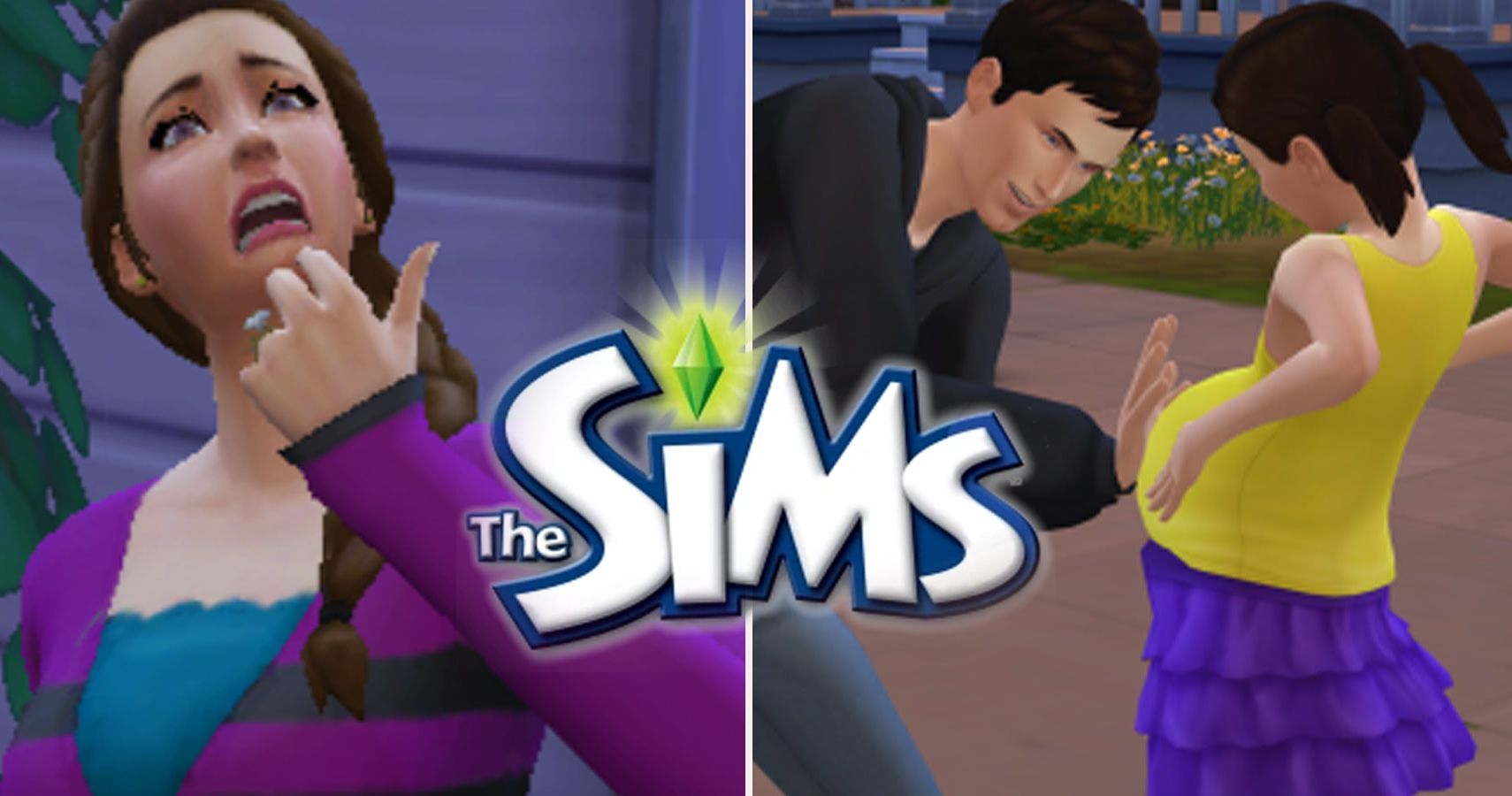

More specifically, games which may be Refused Classification include:

Games may still be Refused Classification if deemed to contain material unsuitable for R18+ classification, such as depictions of sexual violence or the promotion of illegal drug use, as well as drug use that is related to incentives and rewards. With the R18+ rating in place, it is expected fewer video games will be given the Refused Classification rating. The date was later changed to allow the rating to be introduced at the beginning of 2013. Many games previously refused classification would now fit into the R18+ rating and, if the publisher chose to pay the reclassification fee, would theoretically be able to sell their game in Australia.

In July and August 2011, all Australian state Attorneys-General except the New South Wales state Attorney-General agreed to instate an R18+ rating for video games, which would be available by the end of 2011. At the time, the R18+ classification rating could only be given to films, but a video game with content deemed fitting for the R18+ rating would be classified as "Refused Classification" due to an appropriate classification not being available for the medium. Originally, video games within Australia were only rated up to the MA15+ rating. Any copies of such works found at the border will be seized, and the recipient, depending on the number of copies being imported, may receive up to A$110,000 in fines. A work deemed too inappropriate by the ACB may be Refused Classification (RC), banning it from being sold at retail, and placing the work on the Australian Customs and Border Protection Service list of prohibited items. Under Australian law, all media intended for retail display, such as films, must be reviewed by the Australian Classification Board (ACB, formerly, the Office of Film and Literature Classification (OFLC) until its dissolution in 2006).


 0 kommentar(er)
0 kommentar(er)
